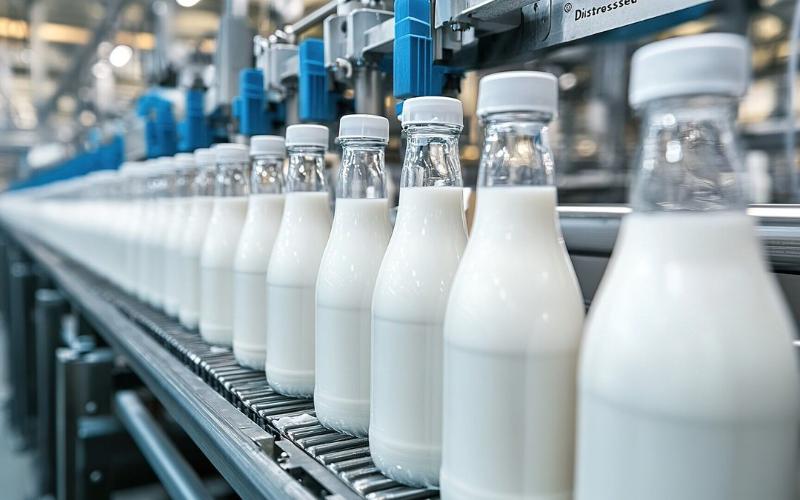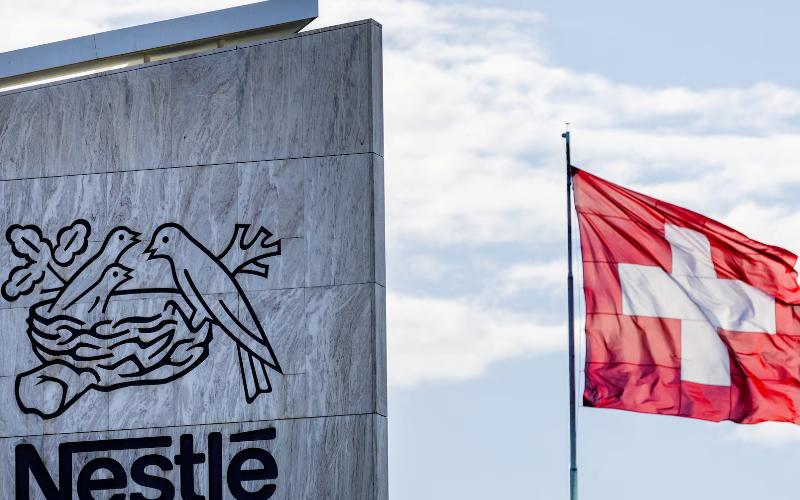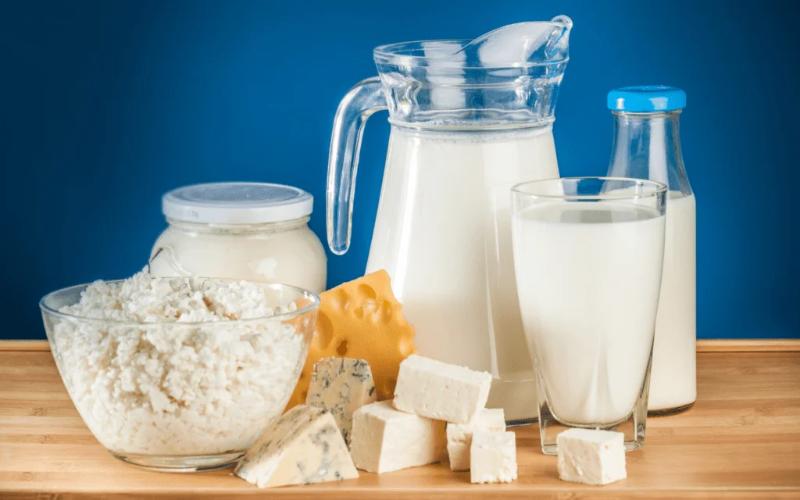At a Crossroads: Challenges and Opportunities in the UK Dairy Sector

Economic Factors: Rising Costs and Financial Instability
Inflationary Pressures and Rising Expenses
High inflation continues to drive up costs across the board for UK dairy farmers. Prices for feed, fuel, energy, and labor have all surged. Fixed costs, such as machinery and wages, have outpaced inflation, worsening farm profitability.
According to the UK’s Office for National Statistics, annual inflation reached 2.6% in November 2024, the highest in eight months. Projections for 2025 estimate an average inflation rate of 2.6%, further challenging the sector.
Impact on the Dairy Industry:
-
Rising Production Costs: Inflation has led to increased prices for key inputs like feed and energy, raising production costs and squeezing margins.
-
Higher Consumer Prices: Rising production expenses force higher retail prices, impacting demand. Consumer inflation for services hovered at 5.0% in 2024, reflecting higher processing and delivery costs.
-
Reduced Competitiveness: Higher costs risk making UK dairy products less competitive against cheaper imports.
Decline in Government Support
The phasing out of Basic Payment Scheme (BPS) subsidies by 2026 exacerbates financial pressures. New environmental schemes require substantial upfront investment, making it harder for smaller farms to adapt.
Transition to New Support Schemes:
The Environmental Land Management (ELM) program, replacing BPS, focuses on sustainability and consists of three components:
-
Sustainable Farming Incentive (SFI)
-
Landscape Recovery
-
Countryside Stewardship
BPS payments will decrease by 76% in 2025 compared to 2020 levels, with full cessation by 2028. This shift imposes significant financial and administrative burdens on farmers, particularly small and medium-sized operations.
Environmental Factors: Adapting to Climate Change
Extreme Weather Patterns
Increased rainfall, droughts, and heatwaves require major infrastructure investments. For instance, record rainfall in 2024 damaged pastures and reduced forage quality. Farmers need to build resilience through improved drainage systems, heat stress mitigation, and drought-resistant feed.
Soil Health and Carbon Reduction
Sustainable farming practices, such as minimal tillage and crop rotation, are becoming essential. Additionally, carbon reduction initiatives, including biogas and renewable energy use, offer new revenue streams and align with consumer demand for sustainable products.
Regulatory Challenges: Brexit and Domestic Policies
Post-Brexit Trade Barriers
Regulatory hurdles, including sanitary and phytosanitary (SPS) checks and additional export documentation, have increased costs and slowed trade with the EU. These barriers are particularly detrimental to the dairy sector, given its reliance on European markets.
Key Regulatory Barriers:
-
SPS Requirements: Veterinary certificates and border inspections add significant costs.
-
Customs Delays: Increased border processing times reduce the competitiveness of UK dairy products.
-
Labor Shortages: Brexit has restricted access to seasonal labor, essential for dairy operations.
Legislative Changes
Producers face looming deadlines for compliance with new regulations, including:
-
Silage, Slurry, and Agricultural Fuel Oil (SSAFO) standards by 2027.
-
All-Wales Nitrate Vulnerable Zone (NVZ) rules, requiring investment in slurry management.
-
Milk contract regulations, with all agreements to be updated by July 2025.
Innovations in Sustainability and Technology
To counter rising costs and regulatory pressures, many farms are adopting cutting-edge technologies, such as automated milking systems and precision feeding tools, to enhance efficiency and reduce environmental impact. The use of renewable energy sources, like solar and biogas, is also gaining traction.
Outlook: Adapting to Complex Challenges
While milk prices are expected to remain strong, profitability will hinge on cost management, diversification, and compliance with new regulatory frameworks. Collaboration between dairy and arable sectors could further enhance sustainability and efficiency.
The UK dairy sector stands at a crossroads. Navigating these challenges will require innovation, flexibility, and collective effort to achieve sustainable growth. Farmers must balance immediate operational needs with long-term strategic planning to thrive in an increasingly complex environment.
Note: This analysis is based on the Andersons Outlook 2025 report and incorporates recent data on UK agricultural policy, trade, and economic conditions.














